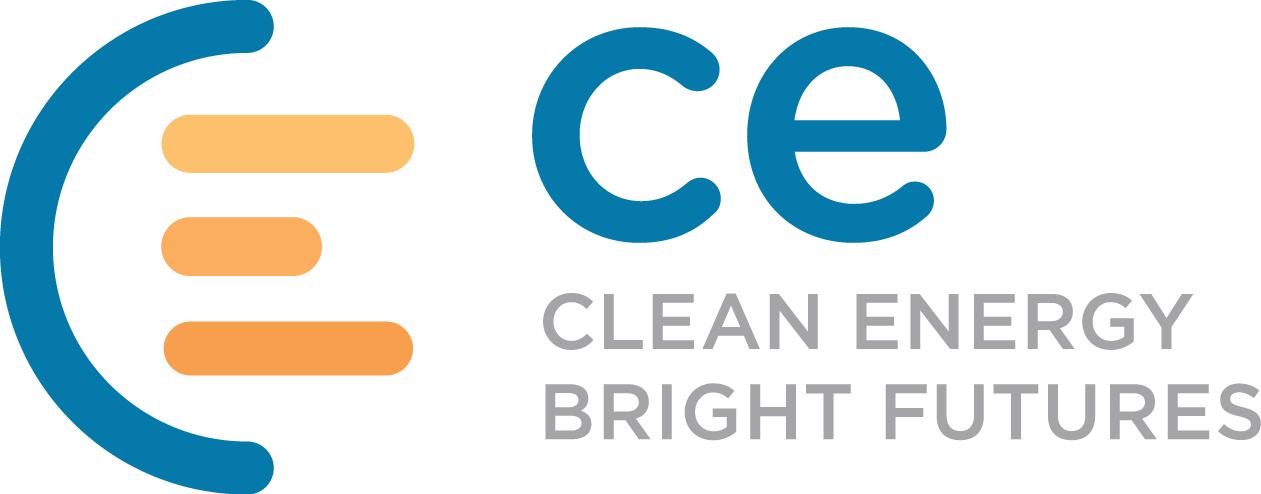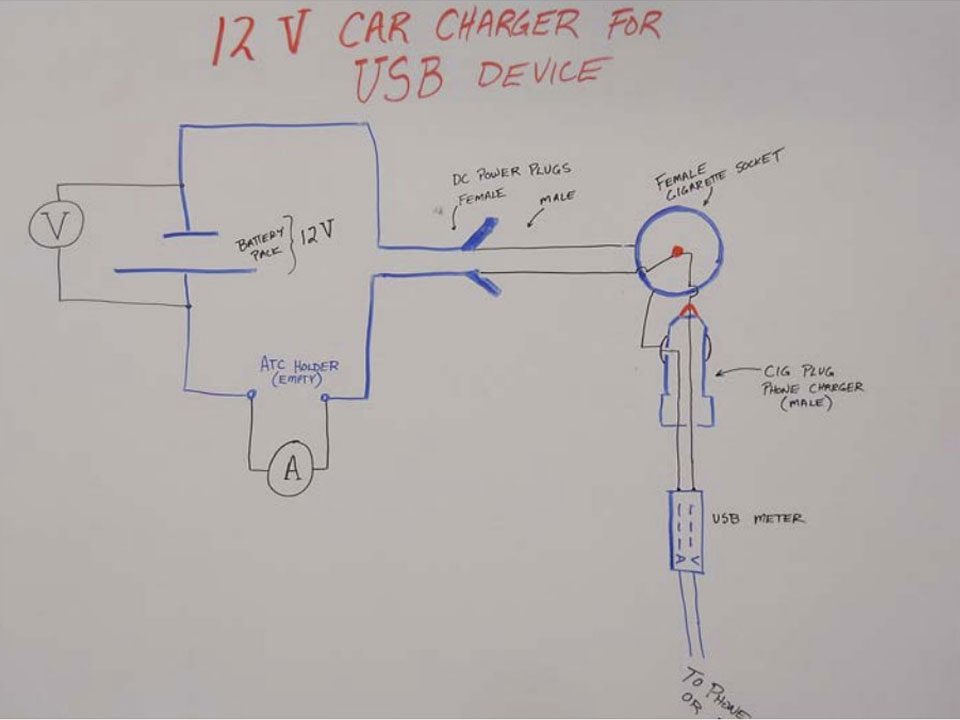Learning Goals
- Students will document necessary terms in their journals
- Students will be able to set up a multimeter to measure voltage
- Students will be able to set up a multimeter to measure current
- Students will be able to calculate power from data collected
- Students should be able to measure the collector area of a solar module (area of solar cell(s) within solar module) and represent this value in square meters (m2)
Materials List
Group Supplies (2-4 Students)
- Multimeters (2 per group)
- Solar Modules – 3W, 6V, works well, but any modules can be used. I used all the modules in the Solar Cell Classroom Set from Rahus Institute, as well as some 50 Watt “Large” modules. This gave us 4 different sizes from 10 cm2 up to 150cm2. Different sized modules are nice to have so that each group can take several measurements. Different module technology would be nice as well – crystalline and amorphous
- Journals
- AA batteries to measure voltage – 1 per group
- Vernier LabQuest with pyranometer to measure irradiance of the sun in real time (optional – 1 per class)
- Calculators
- Rulers for data table construction
Important Links
Next Generation Science Standards
Next Generation Science Standards
- HS-PS3-1. Create a computational model to calculate the change in the energy of one component in a system when the change in energy of the other component(s) and energy flows in and out of the system are known.
Featured Image Description
Drawn on a white board in red marker 12 V CAR CHARGER FOR USB DEVICE underneath is a circuit diagram showing a ATC Holder (empty) to battery pack (12V) with DC female power plugs coming off of it to the right the male plugs connect to a female cigarette socket. A male cigarette plug (car charger) connects to the USB meter with power lines connecting off the bottom of the image. All junctions are labeled as listed in the description.

